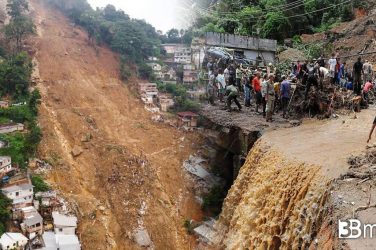Recent studies conducted by some researchers have shown that hundreds of thousands of tonnes of bacteria are being released by melting glaciers.
The microbes being washed downstream could fertilize ecosystems, the researchers said, but they need to be studied much better in order to identify the presence of any potential pathogens.
However, some of the microbes may also be a future source of useful biological molecules, such as new antibiotics.
The scientists said that the rapid melting of the ice caused by the climate crisis meant the glaciers and the unique microbial ecosystems they harboured were “dying before our eyes”, leaving researchers racing to understand them before they disappeared. As a consequence, surface meltwaters were collected from eight glaciers across Europe and North America and from two sites on the Greenland ice cap and tens of thousands of microbes in each millilitre of water were found.
“We are seeing the glaciers die before our eyes, affecting the microbes that are there, with implications for us locally and globally,” said Dr Arwyn Edwards, at Aberystwyth University in Wales, and part of the study team. “The mass of microbes released is vast even with moderate warming.”
Until recently, very little was known about the many thousands of microbial species inhabiting the surface of the ice. The Vanishing Glaciers Project (VGP), a consortium of researchers, is conducting expeditions around the world to collect samples and assess this biodiversity. Almost 1,000 new species were revealed in Tibetan glaciers in June.
Prof Tom Battin, at the Swiss Federal Institute of Technology Lausanne and part of VGP, said people should not be concerned about pathogens emerging from the ice. He also said most of the ice microbes did not seem to persist downstream.
New research has been published in the Nature Communications Earth and Environment journal: surface meltwater samples have been used from four glaciers in the European Alps, as well as glaciers in Canada, Sweden, Svalbard, and the western Greenland ice sheet.
The results of the study show that hundreds of thousands of tonnes of microbes would be released every year in all future scenarios for global heating. The bacteria and algae usually contain pigments to protect themselves from damage from sunlight. But these dark pigments absorb sunlight, adding to warming and speeding up the destruction of their icy habitat.









Show Comments